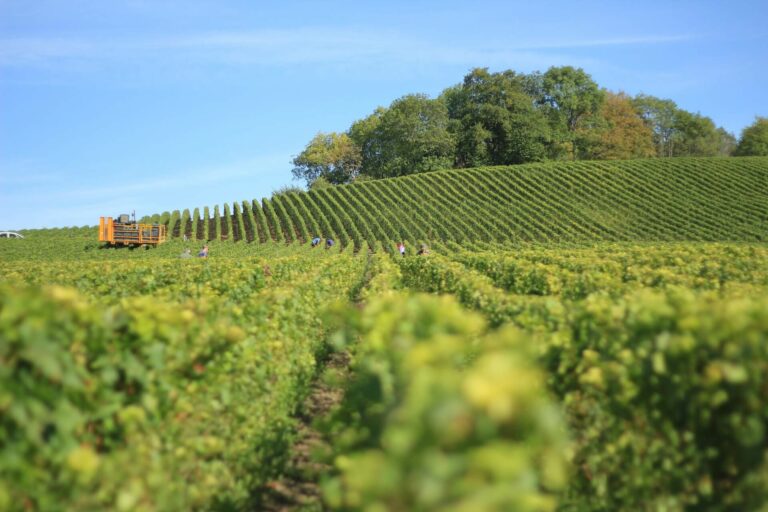Article Summary
Property rights in rural America have long been viewed through the lens of economic power, often portrayed as tools of market dominance that benefit the few at the expense of the many. However, a comprehensive analysis of right-to-farm laws in the United States suggests that this perspective is oversimplified. These laws, often seen as protective measures for family farmers, reveal a more complex relationship between property rights and justice in rural areas.
The Promise of Right-to-Farm Laws
Right-to-farm laws, introduced in every U.S. state since the late 1970s, were intended to safeguard farming livelihoods, combat urban sprawl, and preserve rural communities. However, a closer examination of these statutes reveals that their actual content often falls short of these lofty goals. In practice, these laws can undermine the property rights of rural residents in their pursuit of clean air, clean water, and the enjoyment of their land. Rather than defending family farmers, these laws frequently prioritize industrial-scale agricultural operations and profit generation.
A Nuanced Understanding of Property Rights
The conventional view of property rights as mere economic commodities is challenged by the concept of nuisance. Nuisance claims, often overlooked in rural studies, provide property owners with the means to protect not only their economic interests but also their rights to a clean environment and a healthy community. Property rights, when exercised through nuisance claims, become a tool for defending health and environmental rights, especially when other political avenues fail.
Right-to-Farm Laws vs. Property Rights
A nationwide analysis of right-to-farm laws reveals their impact on various dimensions of property rights in rural areas. These laws tend to restrict property rights related to homes, a clean environment, labor and family, local governance, and the long-term sustainability of communities. The laws prioritize industrial agriculture and production efficiencies over the broader rights of rural landowners.
Conclusion
Right-to-farm laws are instrumental in reshaping the meaning of property rights in rural America. They alter the traditional defense of property by subordinating rights related to clean air, clean water, and quality of life to the interests of industrial agriculture. As the popularity of these laws grows, the legislatures’ focus on industrial concerns rather than holistic property rights challenges the very essence of property as a tool of justice. This comprehensive analysis highlights the need for a more nuanced understanding of property rights in rural scholarship, acknowledging the multifaceted role they play in defending the rights of rural communities.


